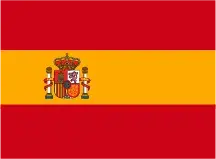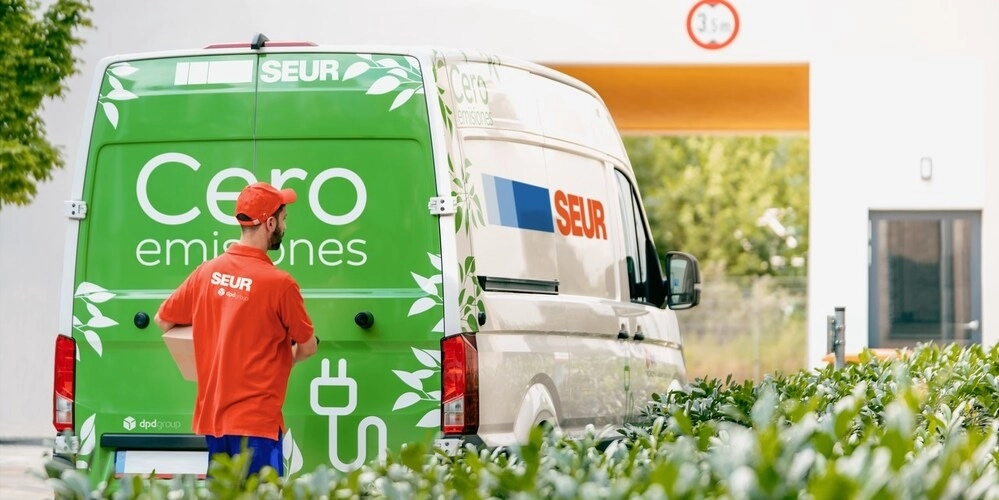
SEUR has outlined a clear strategy towards the energy transition, focused on a 100% electric fleet, which by the end of this year will reach 20% of sustainable vehicles.
In this context, Julie-Marie Urban, the company’s Head of Sustainability, assures Mobility Portal España:
“We are looking to incorporate pure electric vans, we are not validating the plug-in hybrid option.”
This reflects a defined stance, which aligns with its commitment to decarbonisation and its goal of achieving net zero emissions by 2040.
Likewise, by 2030, the leading company in express transport plans to incorporate 3,000 zero-emission cars.
Why not hybrids? “For the simple reason that we cannot control the delivery driver to drive using electricity instead of gasoline,” she explains.
At this point, it is important to note that SEUR works with an outsourced fleet that depends largely on subcontractors and freelancers.
Therefore, the decision on which vehicle to use lies primarily with the delivery drivers.
To address this, the company has designed a system to raise awareness and encourage the change to 100% electric cars, with the firm conviction that this is the only viable option to meet its sustainability goals.
Charging infrastructure: Key in SEUR’s transition
One of the pillars of the firm’s electrification plan is the implementation of a robust charging infrastructure in its logistics centers.
The company currently has 372 charging points and plans to add 50 more by 2025.
This network of chargers, provided by Repsol, allows delivery drivers to “refuel” their cars overnight, optimising downtime and ensuring that the vans are ready for their shift the next day.
“To encourage delivery drivers to use electric vehicles, we have designed a charging infrastructure in all our warehouses,” explains Urban.
In this context, SEUR has opted to integrate a single system of equipment that facilitates monitoring of consumption and avoids the fragmentation of operating platforms.
“At first we worked with different suppliers, but it was difficult to integrate all the consumption monitoring systems, so we decided to work with just one,” she explains.

However, the electrical power available on some of its ships may not be sufficient in the future.
“As we add more electric vehicles, we will have to establish charging schedules among delivery drivers,” she says.
She explains: “Due to limitations in available power, it will not be possible to implement more charging points.”
Currently, the models in its electric fleet have a 75 kWh battery, which provides a real range of up to 230-250 kilometers, depending on the type of route.
“The average route of our vehicles is about 130 km,” she explains, highlighting the variability of the distances travelled depending on population density and the type of routes.
As part of its strategy, it plans to incorporate vans equipped with higher-capacity batteries, which will increase autonomy and allow it to cover longer routes without worrying about the lack of public charging points.
What models do they choose for their logistics operations?
“We conduct a market study every year, analyzing the brands and models available,” Urban explains.
At the moment, the company has a close relationship with Ford and its E-Transit model, but it does not rule out other options.
The Chinese company Maxus is also one of the options recommended by SEUR to its delivery drivers.
The company provides suggestions but allows third parties to choose the model that best suits their operational needs.
“Ultimately, the decision is up to the delivery person, but we provide them with the necessary information so that they can make an informed decision,” says the Sustainability Manager.
And not only that.
SEUR also offers an economic incentive to encourage the use of electric vehicles, which is compatible with state subsidies, such as the Moves Plan.
“We want our deliveries to be sustainable due to the growing demand from our customers and also because this objective is part of the environmental commitment we have made,” she stresses.








